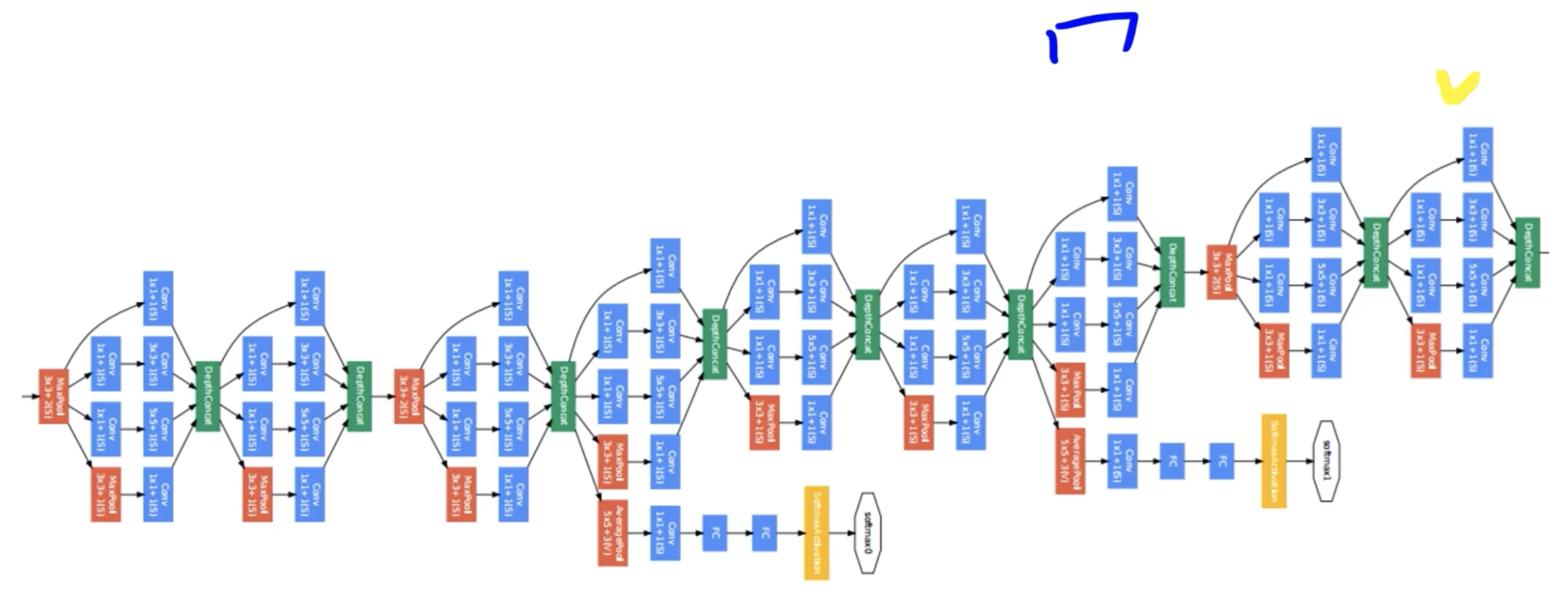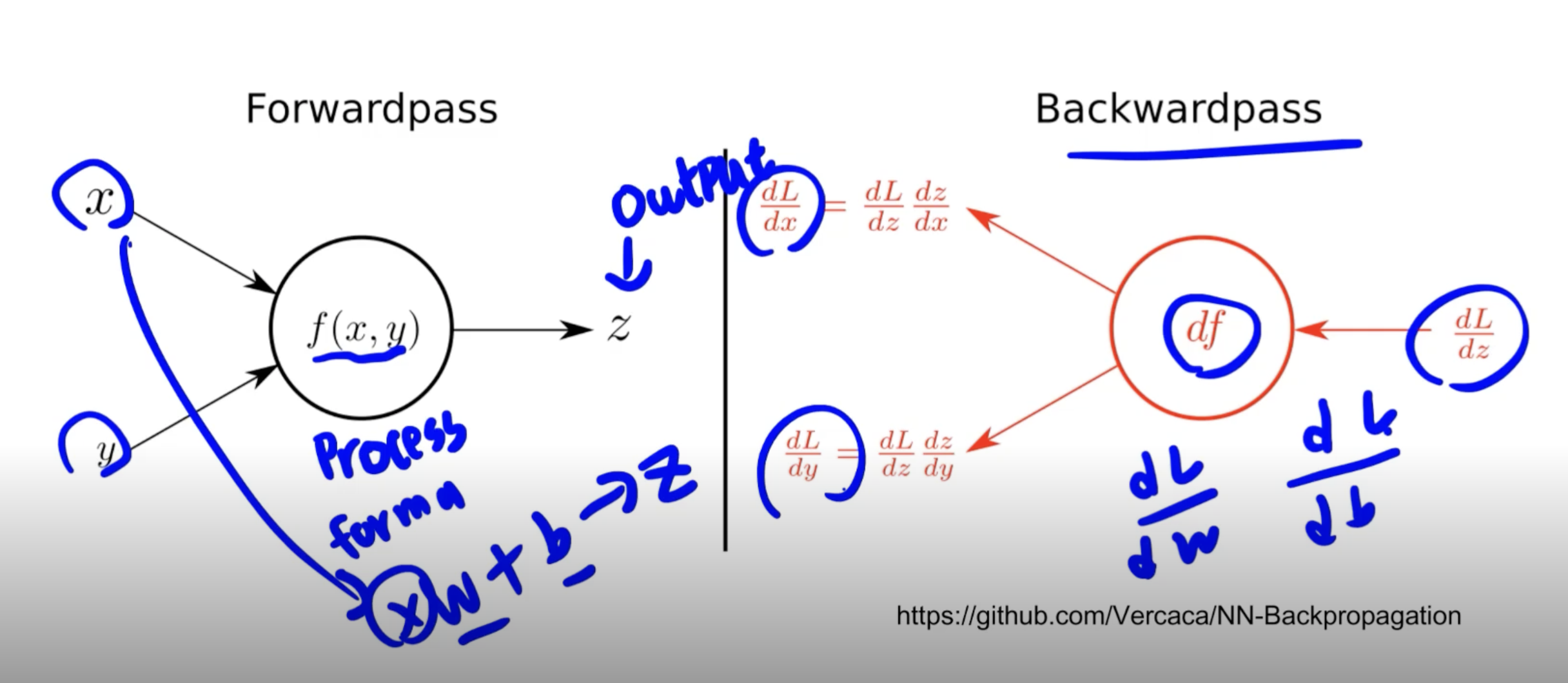Day_12 01. AutoGrad & Optimizer
작성일
AutoGrad & Optimizer
논문을 구현해 보자!
-
수많은 반복의 연속
-
Layer = BLock
-
블록 반복의 연속
torch.nn.Module
- 딥러닝을 구성하는 Layer의 base class
- Input, Output, Forward, Backward 정의
- 학습의 대상이 되는 parameter(tensor) 정의
nn.Parameter
- Tensor 객체의 상속 객체
- nn.Module 내에 attribute가 될 때는 required_grad=True로 지정되어 학습 대상이 되는 Tensor
- AutoGrad의 대상이 됨
- 우리가 직접 지정할 일은 잘 없음
- 대부분의 layer에는 weights값들이 지정되어 있음
class MyLinear(nn.Module):
def __init__(self, in_features, out_features, bias=True):
super().__init__()
self.in_features = in_features
self.out_features = out_features
self.weights = nn.Parameter(torch.randn(in_features, out_features))
self.bias = nn.Parameter(torch.randn(out_features))
def forward(self, x : Tensor):
return x @ self.weights + self.bias
Backward
- Layer에 있는 Parameter들의 미분을 수행
- Forward의 결과값 (model의 output=예측치)과 실제값간의 차이(loss)에 대해 미분을 수행
- 해당 값으로 Parameter 업데이트
for epoch in range(epochs):
...
# Clear gradient buffers because we don't want any gradient from previous epoch to carry forwrad
# 이전의 그레디언트 값이 지금 그레디언트 값에 영향을 미치지 않게하기 위해 초기화
optimizer.zero_grad()
# get output from the model, given the inputs
outputs = model(inputs)
# get loss for the predicted output
loss = criterion(outputs, labels)
print(loss)
# get gradients w.r.t to parameters
loss.backward()
# update parameters
optimizer.step()
...
Backward from the scratch
- 실제 backward는 Module 단계에서 직접 지정가능
- Module 에서 backward 와 optimzier 오버라이딩
- 사용자가 직접 미분 수식을 써야하는 부담
- 쓸일은 없으나 순서는 이해할 필요는 있음



댓글남기기